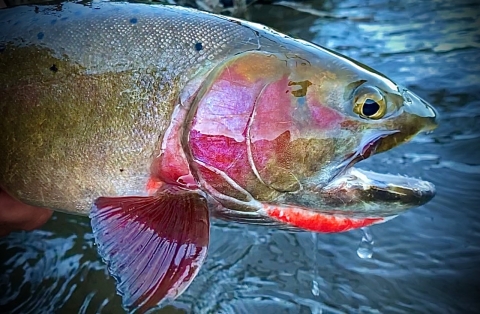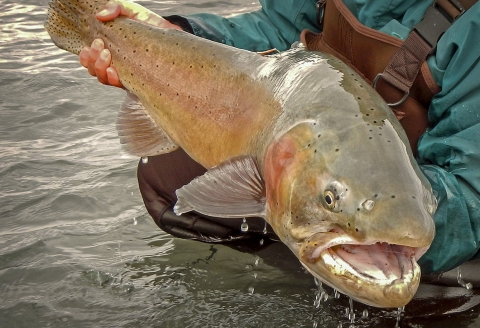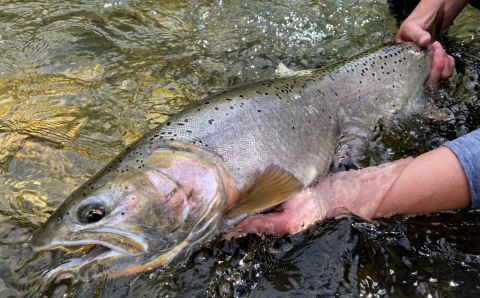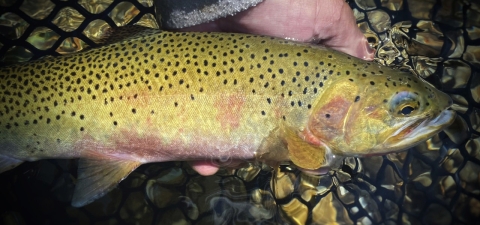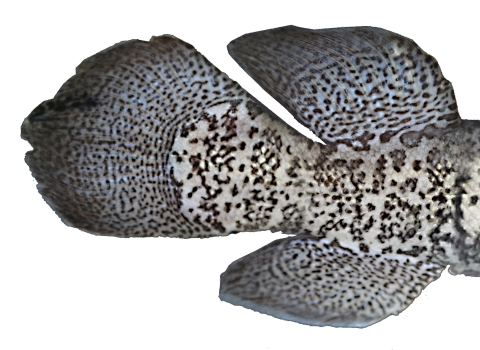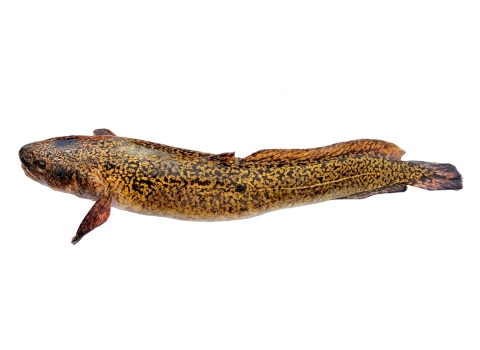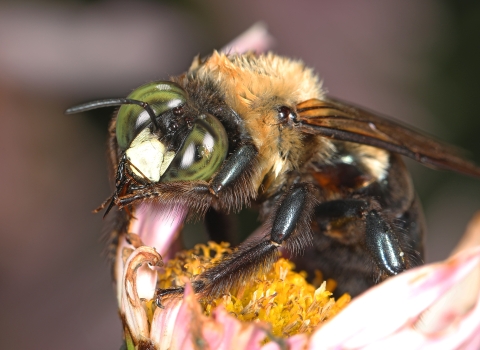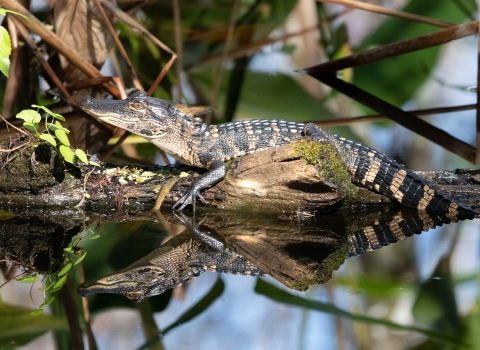If variety is truly the spice of life, then cutthroat trout — known best for a splash of red on their lower jaw — are pretty spicy (so are rainbow trout).
With over a dozen recognized subspecies representing four major evolutionary/geographical groups, these trout vary wildly in size and looks. Some common Oncorhynchus ancestor likely migrated along the Pacific Coast and followed rivers deep into what is now the western United States 3–5 million years ago. The ebb and flow of glaciers fractured and isolated populations, resulting in that variation we see today.
Pacific Coast Subspecies
From as far northwest as Alaska’s Kenai Peninsula all the way south along the Pacific Coast to northern California’s Eel River, you can find coastal cutthroat trout (O. c. clarkii). This subspecies is rarely found more than 100 miles from the coast and comes in both resident forms that stay in freshwater and sea-run forms that venture into the marine environment. If you’re fishing for Cutthroat Trout in Alaska, this is the subspecies you’ll be targeting. If you find yourself in Washington, there is even a unique population of coastal cuts endemic to Lake Crescent (O. c. crescenti).
Great Basin Subspecies
This region was shaped by two major late Pleistocene lakes: Lake Lahontan and Lake Bonneville — and there are two subspecies that share the namesake: the Lahontan cutthroat trout (O. c.henshawi) and Bonneville cutthroat trout (O. c. Utah). These are the state fish of Nevada and Utah, respectively. Lahontans are the largest member of the cutthroats, with lake-dwellers reaching upwards of 40 pounds (see Pyramid Lake variety below).
The state of Utah also recognizes the Bear River cutthroat trout (O. c. Utah as well) — and the lake-dwelling morph is the Bear Lake cutthroat trout (sometimes called a bluenose trout). If you want to complete the Utah cutthroat trout slam, you'll need to catch the Colorado River, Yellowstone, Bonneville, and Bear River varieties!
The Great Basin spans nearly all of Nevada, much of Oregon and Utah, and portions of California, Idaho, Wyoming. It’s also home to the Humbolt cutthroat trout (O. c. humboldtensis), as well as the Paiute cutthroat trout (O. c.seleniris) which is endemic to the eastern Sierra Nevada Mountains. The Willow-Whitehorse Basin cutthroat trout is considered by some to be a distinct population segment of either the Lahontan or Humboldt subspecies. Alvord cutthroat trout (O. c.alvordensis), once endemic to the tributaries of Oregon’s Alvord Lake, is now considered extinct.
Subspecies of the Southern Rockies
Cutthroat trout are also found throughout the cold waters of the Rocky Mountains. The Colorado River cutthroat trout (O. c. pleuriticus)is found in the tributaries of the Green and Colorado rivers, while the Rio Grande cutthroat trout (O. c. virginalis) occurs in New Mexico and southern Colorado. The Rio Grande Cutthroat is New Mexico’s state fish.
The Greenback cutthroat trout (O. c. stomias)is the easternmost subspecies of Oncorhynchus clarkii. It’s found in Arkansas and the headwaters of the South Platt River on the eastern slopes of the Colorado Rocky Mountains — it’s the official state fish of Colorado. The Yellowfin cutthroat trout (O. c. macdonaldi), which was found to be distinct from the Greenback cut in the late 1800s, is now extinct.
Subspecies of the Northern Rockies
In the northern stretches of the Rocky Mountains, you’ll find the Westslope cutthroat trout (O. c. lewisi), which is native to northern Idaho, Montana, British Columbia and Alberta. It’s also called the blackspotted trout and is Montana’s state fish.
Yellowstone cutthroat trout (O.c. bouvieri) are native to upper Snake River, Yellowstone Lake and Yellowstone River and can be found in Idaho, Montana and Wyoming.
The Snake River fine-spotted cutthroat trout (O. c. behnkei) is considered by some to be a unique population of Yellowstone cuts.
Learn More
Did you know? The U.S. Fish and Wildlife Service raises cutthroat trout subspecies for conservation purposes at the Jones Hole, Leadville, Norfork, Saratoga, Wolf Creek, Creston, and Jackson National Fish Hatcheries, as well as the Lahonton National Fish Hatchery Complex.
The Western Native Trout Initiative is a recognized Fish Habitat Partnership that works collaboratively across 12 western states to protect, restore, and recover 21 native trout and char species.
New episodes of Fish of the Week! every Monday!
We honor, thank, and celebrate the whole community — individuals, Tribes, states, sister agencies, fish enthusiasts, scientists, and others — who have elevated our understanding and love, as people and professionals, of all the fish. Our hope is that each generation has the opportunity to live with, live from, discover and enjoy the wildness of this awe-inspiring land and the people who love and depend on it.
Follow us: FacebookInstagram Apple Podcasts


